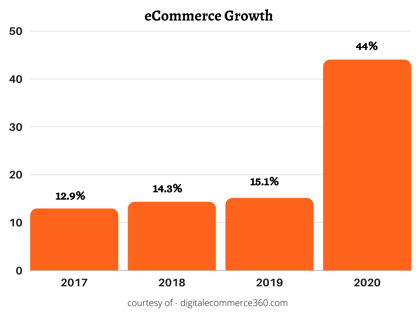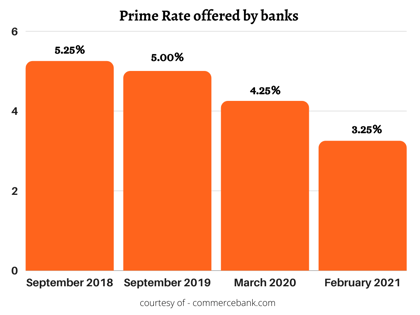E-commerce grew by over 27% in 2020, according to a study by eMarketer. Many retailers have closed physical stores, but at the same time they are opening online stores. However, e-commerce platforms need computer servers to host them, while the products sold need to be stored somewhere before reaching the customer. This has created demand for warehouses and data centers, and many commercial spaces can be easily repurposed to meet this growing demand.
Retail spaces are already designed for product shelves, and their layout is also suitable for storage racks or computer servers. A shopping mall can be repurposed for both warehousing and data centers - these services are in high demand, and they achieve synergy.
- Larger warehouses have special requirements, since they involve forklifts and commercial trucks.
- However, vacant spaces that were previously used by department stores can be adapted for this purpose.
Office spaces can also be used for product storage and data centers. They already have electrical installations that are designed for plenty of IT equipment, making them suitable for data centers. When they are not found in upper floors with reduced access, vacant offices with an open floor plan can also be repurposed for product storage.












